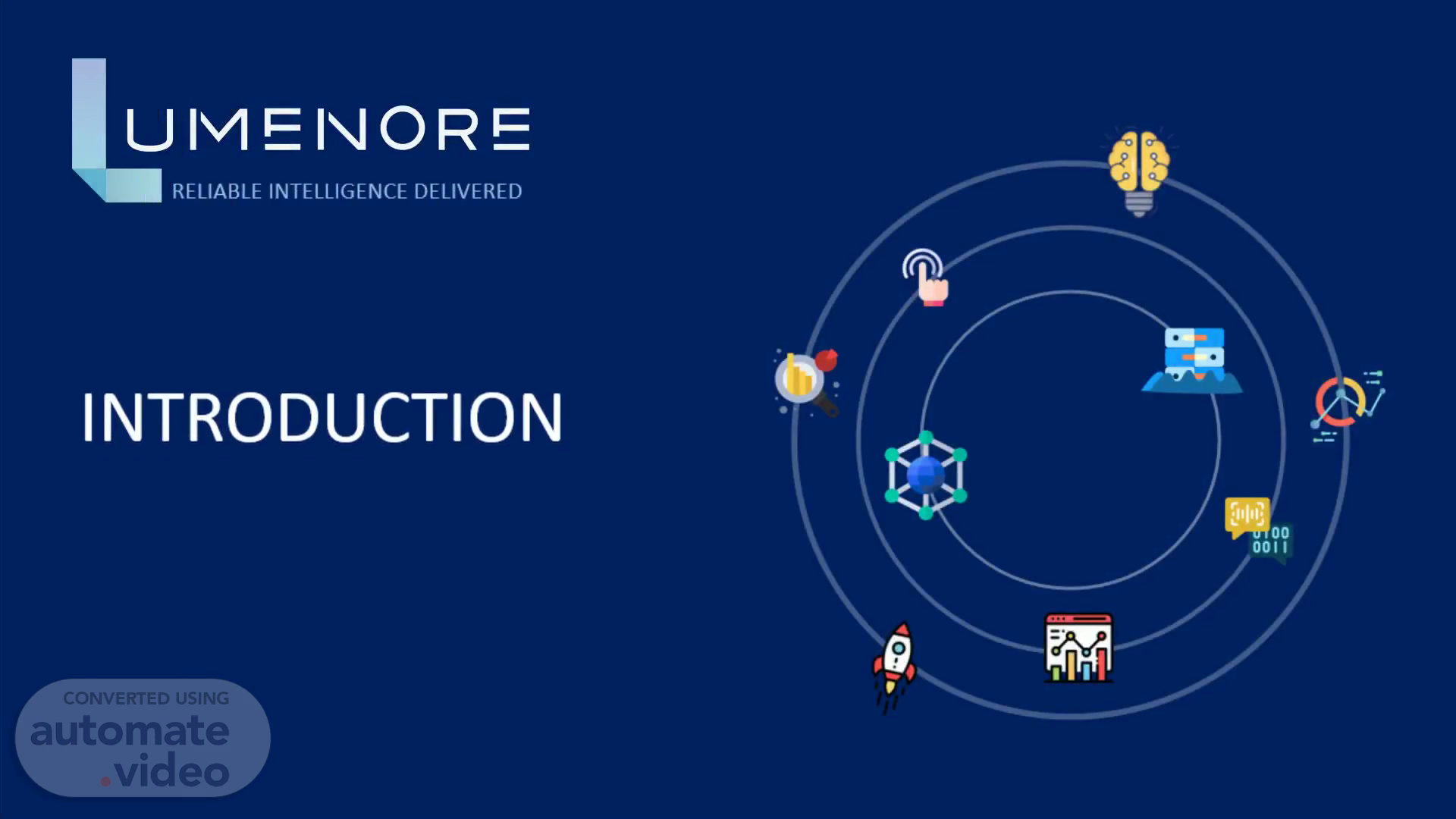
Page 1 (0s)
[Audio] Hello, Welcome to the Lumenore certified NLQ analyst internship program Today, in this Course our goal is to focus on the Natural language query as part of this program, you will be learning about queries and insight into datasets..
Page 2 (19s)
[Audio] In this video, we can see how artificial intelligence converts words into meaning. This field of study that focuses on the interactions between human language and computers is called natural language query. It sits at the intersection of computer science, artificial intelligence, and computational linguistics. "Natural language query is a field that covers computer understanding and manipulation of human language, and it's ripe with possibilities for newsgathering," Anthony Pesce says in Natural Language Query. "You usually hear about it in the context of analyzing large pools of legislation or other document sets, attempting to discover patterns or root out corruption." There are many applications for natural language Query, including business applications. This video covers everything you need to know about NLQ whether you're a developer, a business, or a complete beginner..
Page 3 (1m 19s)
[Audio] Today, deep learning models and learning techniques based on convolutional neural networks ( CNNs) and recurrent neural networks ( RNNs) enable NLQ systems that 'learn' as they work and extract ever more accurate meaning from huge volumes of raw, unstructured, and unlabeled text and voice data sets. imagine your business software speaks a foreign language that you're not fluent in – natural language query, or NLQ, is your translator. it takes your human input, reorganizes it, and explains what you've said in a way that your software can parse. using data modeling and machine learning technologies to parse questions for key terms, NLQ scans related databases and generates a tailored report or chart that provides relevant insight..
Page 4 (2m 10s)
[Audio] In search-based NLQ, a free text search bar is given to the users that allow bi users to begin typing a question and get a list of reports and charts generated quickly as potential answers..
Page 5 (2m 29s)
[Audio] NLQ is used to analyze text, allowing machines to understand how humans speak. This human-computer interaction enables real-world applications like automatic text summarization, sentiment analysis, topic extraction, named entity recognition, parts-of-speech tagging, relationship extraction, stemming, and more. NLQ is commonly used for text mining, machine translation, and automated question answering..
Page 6 (3m 0s)
[Audio] NLQ is characterized as a difficult problem in computer science. human language is rarely precise or plainly spoken. To understand human language is to understand not only the words but the concepts and how they're linked together to create meaning. Despite the language being one of the easiest things for the human mind to learn, the ambiguity of language is what makes natural language queries a difficult problem for computers to master..
Page 7 (3m 31s)
[Audio] NLQ algorithms have a variety of uses. basically, they allow developers and businesses to create software that understands human language. Due to the complicated nature of human language, NLQ can be difficult to learn and implement correctly. however, with the knowledge gained from this article, you will be better equipped to use NLQ successfully, no matter your use case..
Page 8 (3m 59s)
[Audio] Summarize blocks of text using Summarizer to extract the most important and central ideas while ignoring irrelevant information then create a chatbot using " Parsey McParseface", a language parsing deep learning model made by google that uses point-of-speech tagging. then generate keyword topic tags from a document using LDA ( latent Dirichlet allocation), which determines the most relevant words from a document. This algorithm is at the heart of the Auto-Tag and Auto-Tag URL microservices, Identify the type of entity extracted, such as it is a person, place, or organization using named entity recognition. sentiment analysis, based on Stanford NLQ, can be used to identify the feeling, opinion, or belief of a statement, from very negative, to neutral, to very positive. Often, developers will use an algorithm to identify the sentiment of a term in a sentence or use sentiment analysis to analyze social media and reduce words to their root, or stem, using PorterStemmer, or break up text into tokens using Tokenizer..
Page 9 (5m 9s)
[Audio] That's all about NLQ Thank you. A black background with white text Description automatically generated with low confidence.